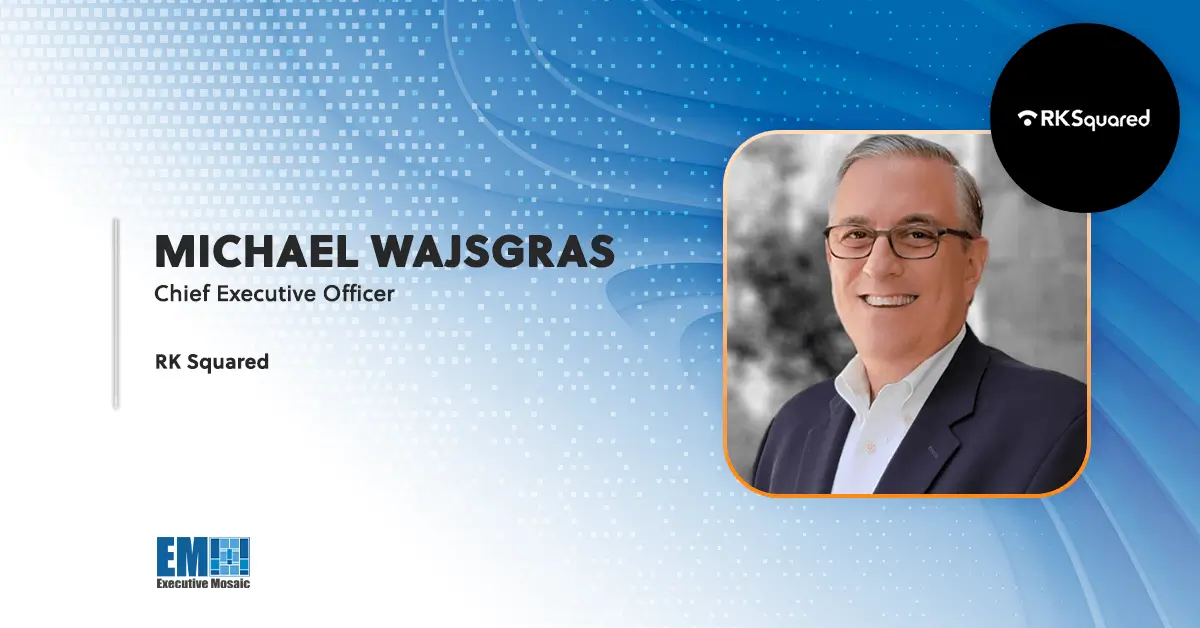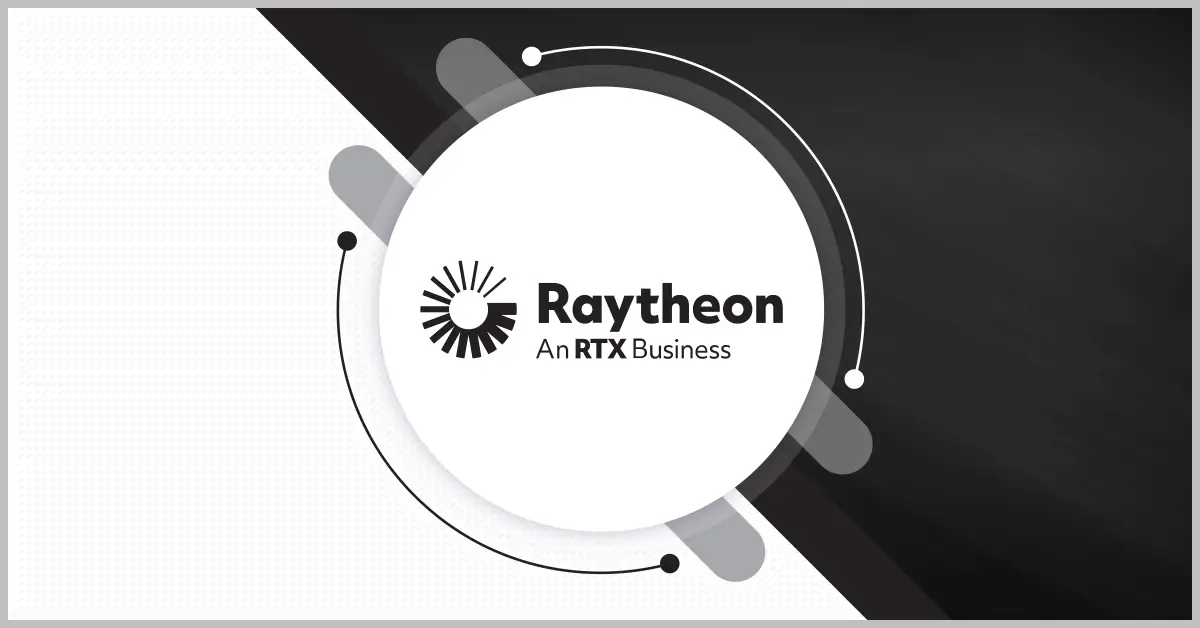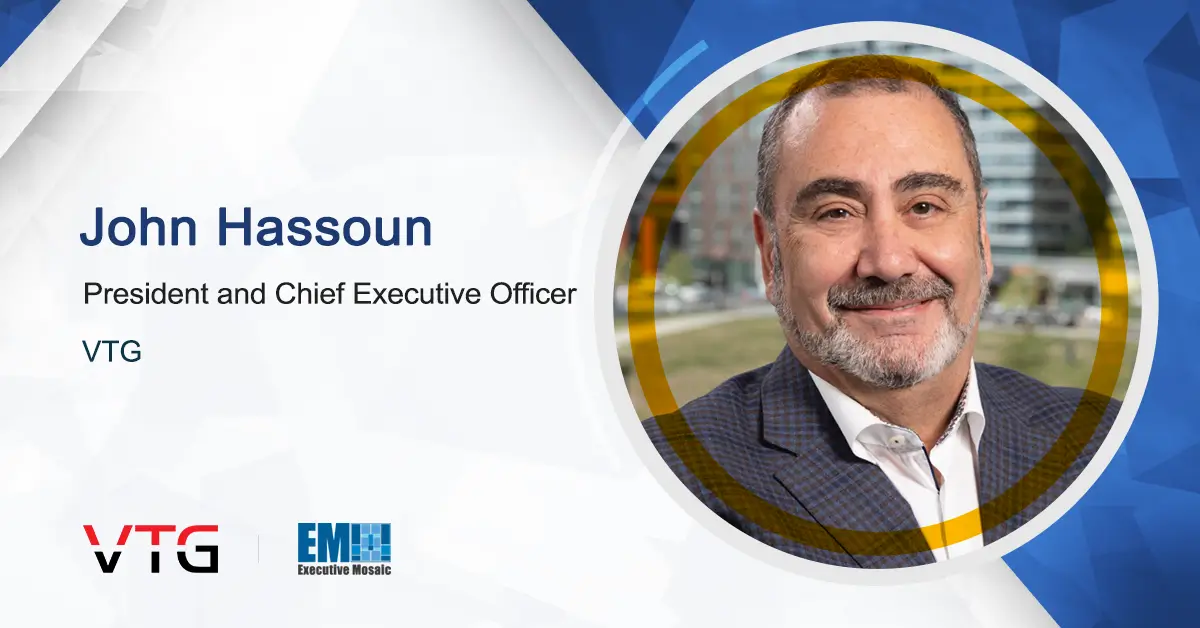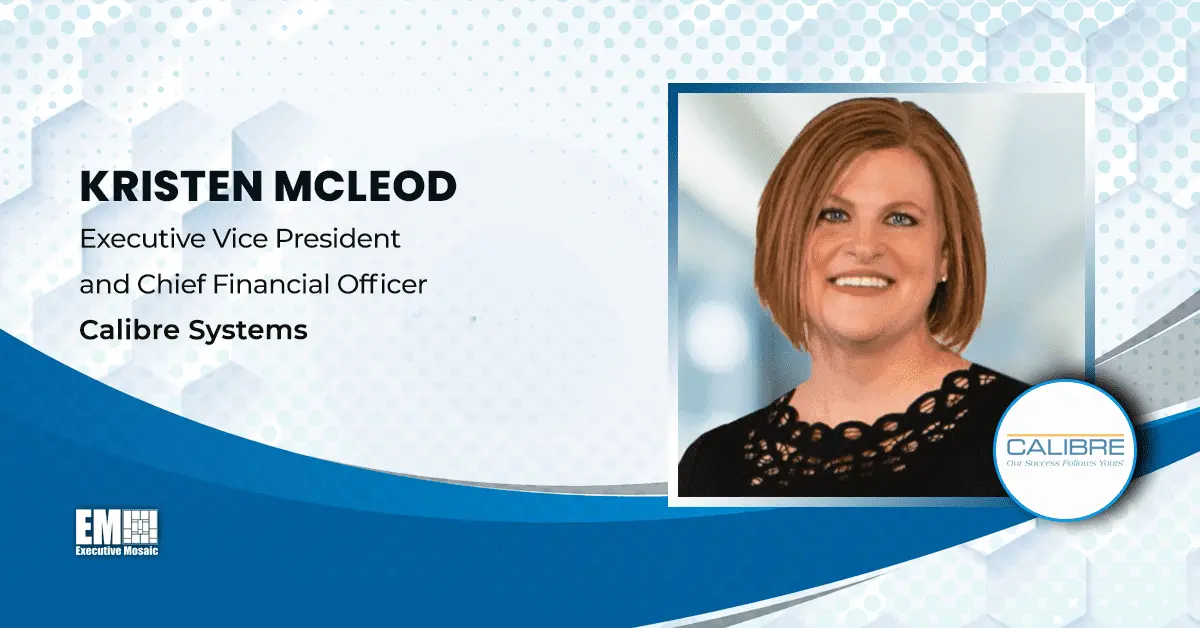As 5G continues to transform the wireless communications industry, RK Squared is at the forefront of not only implementing wireless networks but also helping organizations take a proactive approach to their connectivity.
Executive Mosaic sat down with RK Squared CEO Michael Wajsgras to learn more about the company and how it’s harnessing 5G and other technologies to deliver better network capabilities to its customers.
Can you talk a bit about RK Squared? What are the company’s core capabilities and markets?
RK Squared is about a 5-year-old turnkey wireless integrator. The services that we provide include everything from network design to deployment and monitoring and maintenance. So we’re a full service turnkey integrator. The technologies that we focus on are 5G, private LTE, CBRS and public safety networks. We’re nationwide, so we’ve done projects across the continental United States and in Hawaii.
There are a few of our verticals driving demand in this space. On the commercial side, it’s healthcare, hospitality and higher education. We’ve been able to get a lot of traction in those areas, primarily due to the demand for applications that utilize those wireless technologies. Everybody is moving more towards not just wifi enabled, but either cellular or private cellular enabled applications. We’ve seen a lot of success in those areas.
Tell me about your growth strategy for RK Squared. Where are you seeing opportunities for expansion?
In the past, installing wireless networks or cellular wireless networks in building has been more of a break-fix approach. When people have trouble connecting in their building or their office, it’s usually more of a reactive approach. What we try to do is take a more proactive programmatic approach at the enterprise level. So instead of looking at individual projects or individual floors within a building, we work with our customers to develop a longer term game plan that helps them to understand what their needs are and to prioritize those needs. We work with the carriers and other third parties to assess the potential solutions, and then we work with the customer to implement the plan on a more programmatic basis.
What we’ve found is that organizations are very receptive to this approach because there’s a lot of noise out there around how to address wireless connectivity. With the proliferation of 5G and all of the devices and applications that are associated with that, companies and organizations need help to address this. That’s where we come in. We’ve been successful in operating at the more senior level of the organizations to develop a strategy and then we work in the field to help implement that strategy across the enterprise.
As technology develops, what do you think is on the horizon for 5G/networks?
We’re only at the beginning stages of the potential that 5G offers us. The carriers have committed billions of dollars in terms of acquiring spectrum and building out the networks. We’re all utilizing 5G on our cell phones today, and it’s providing a better customer experience and user experience. What organizations are realizing now is that they can start to invest in applications and devices that will utilize this technology with a degree of certainty that the things will work for them, that they’ll be reliable and that they’ll improve their productivity and other aspects of their business that weren’t available to them previously.
What advice do you have for GovCon companies or executives trying to capture the potential of 5G to drive efficiencies in their business?
First, planning is important. As I mentioned at the beginning, being reactive to connectivity issues is not the most efficient way to address the issue. So as organizations are going through their evaluation of applications that they need to run their business, it’s important to put together a coverage and capacity plan for the wireless services. We’ve unfortunately seen a lot of cases in which decisions are made where they put the cart before the horse, and when they go to deploy these things, they realize there are holes in their coverage to be able to support these applications.
So the best thing I think organizations can do is plan ahead and then look at companies like RK Squared to help advise them, to develop a plan and to understand the ecosystem of things that have to come together in order to make sure it works well. So that includes working with the OEMs, working with the wireless carriers and working within their own internal constituencies to understand what problems they are trying to solve. We found that organizations that do that proactively tend to have better outcomes in the end than those who don’t.






